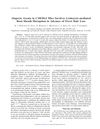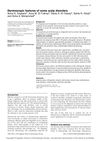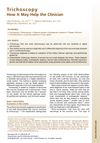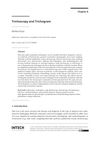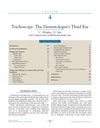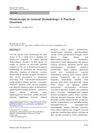Videodermoscopy in the Evaluation of Hair and Scalp Disorders
July 2006
in “
Journal of The American Academy of Dermatology
”
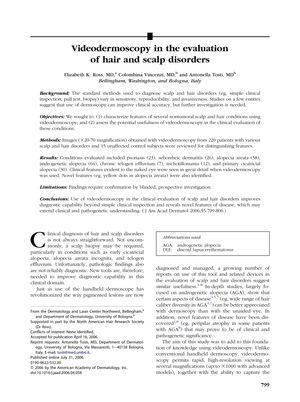
TLDR Videodermoscopy improves diagnosis of hair and scalp disorders and may reduce scalp biopsies.
Between January 2003 and May 2004, a study involving 220 patients and 15 control subjects evaluated the effectiveness of videodermoscopy for diagnosing various hair and scalp disorders. The conditions examined included psoriasis, seborrheic dermatitis, alopecia areata, androgenetic alopecia, chronic telogen effluvium, trichotillomania, and primary cicatricial alopecia. Videodermoscopy, which provides high-resolution images at magnifications of ×20 to ×70, allowed for the identification of clinical features not visible to the naked eye, such as yellow dots in alopecia areata and white dots in lichen planopilaris or folliculitis decalvans. The study concluded that videodermoscopy could enhance diagnostic capabilities and contribute to a better understanding of these disorders, suggesting that it might reduce the need for scalp biopsies and help monitor treatment effects. However, the study called for further research through blinded, prospective studies to confirm these findings.

